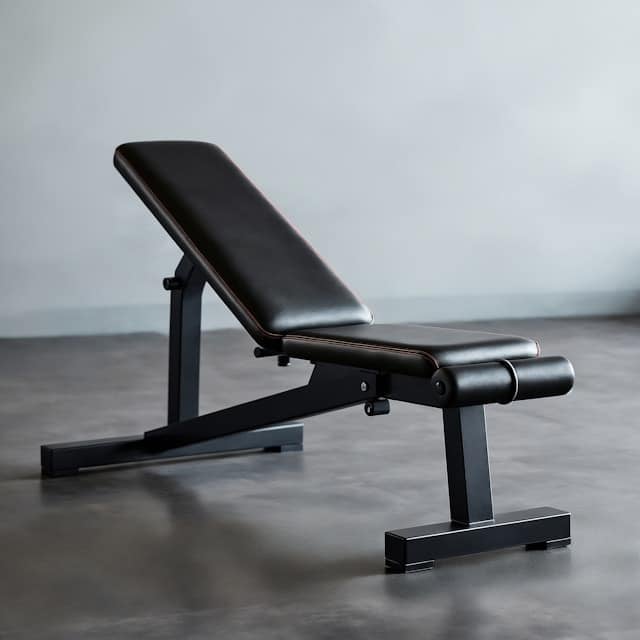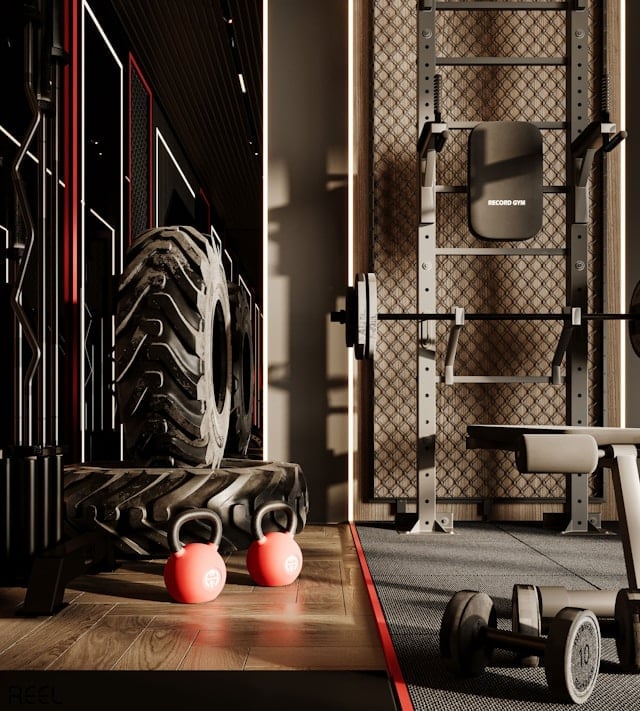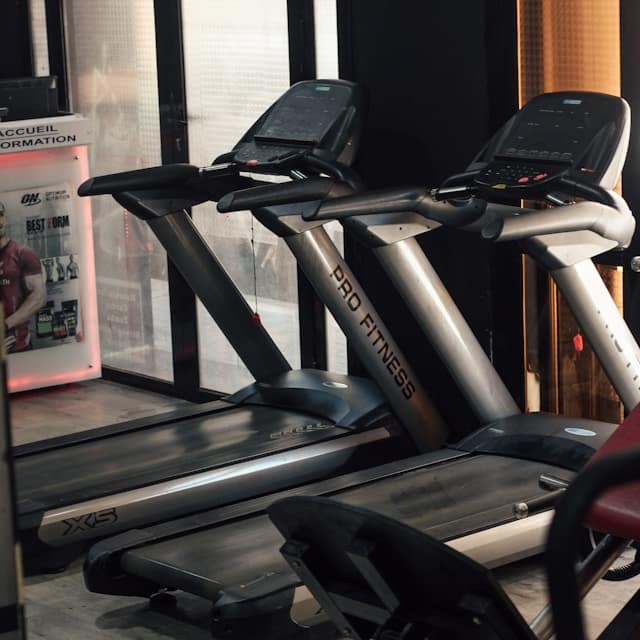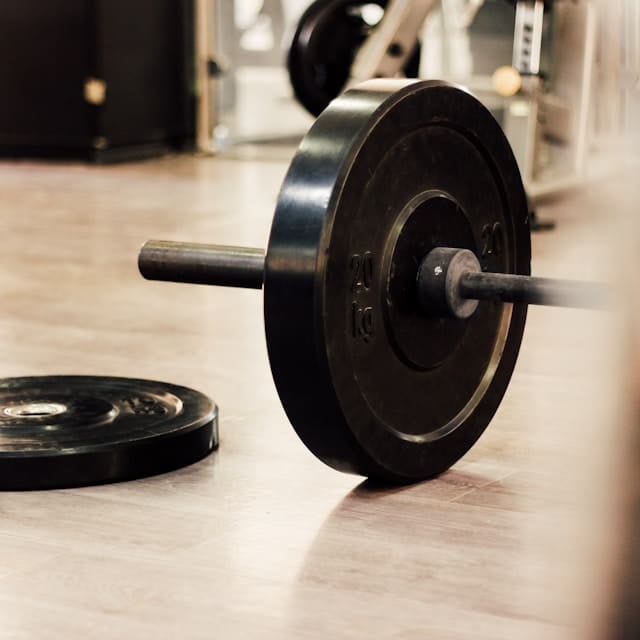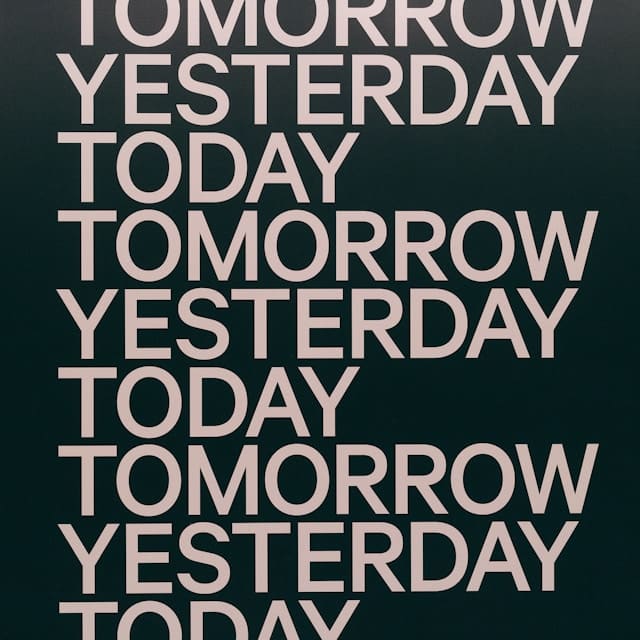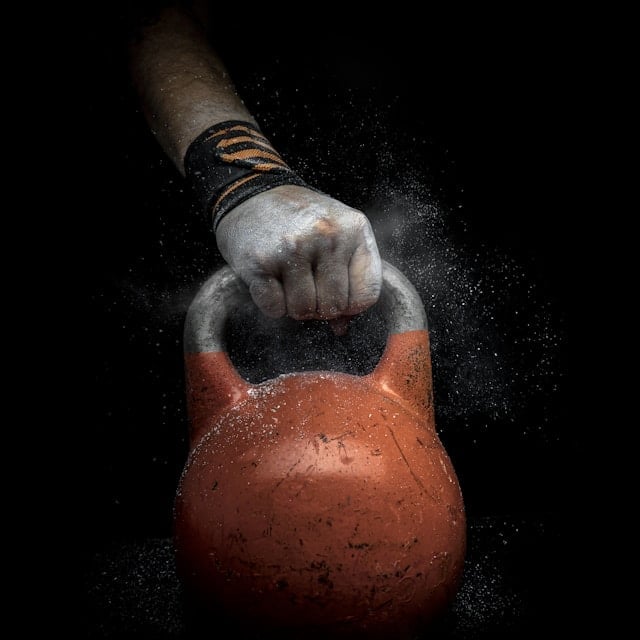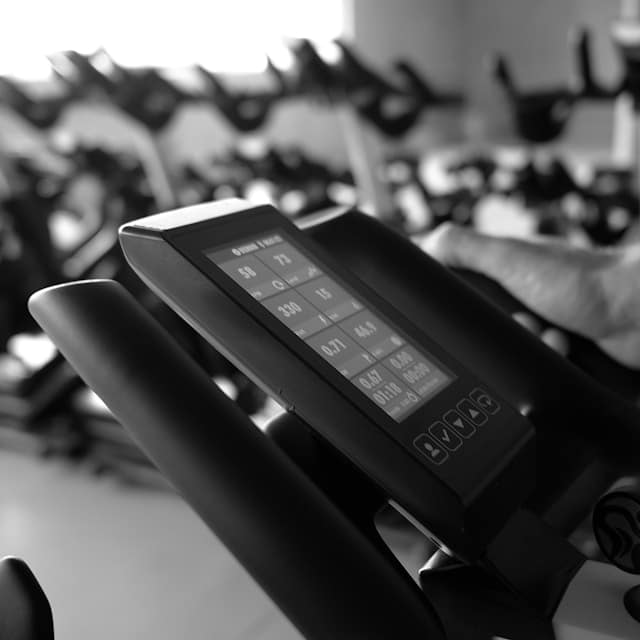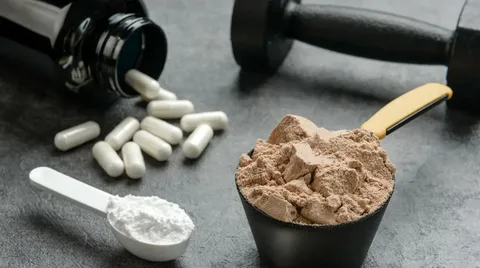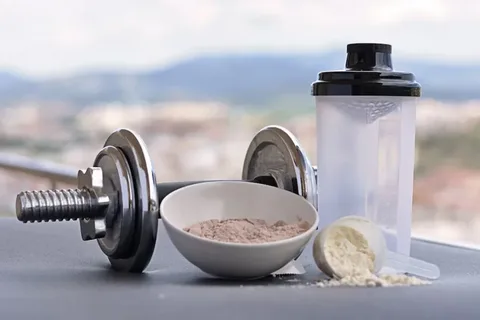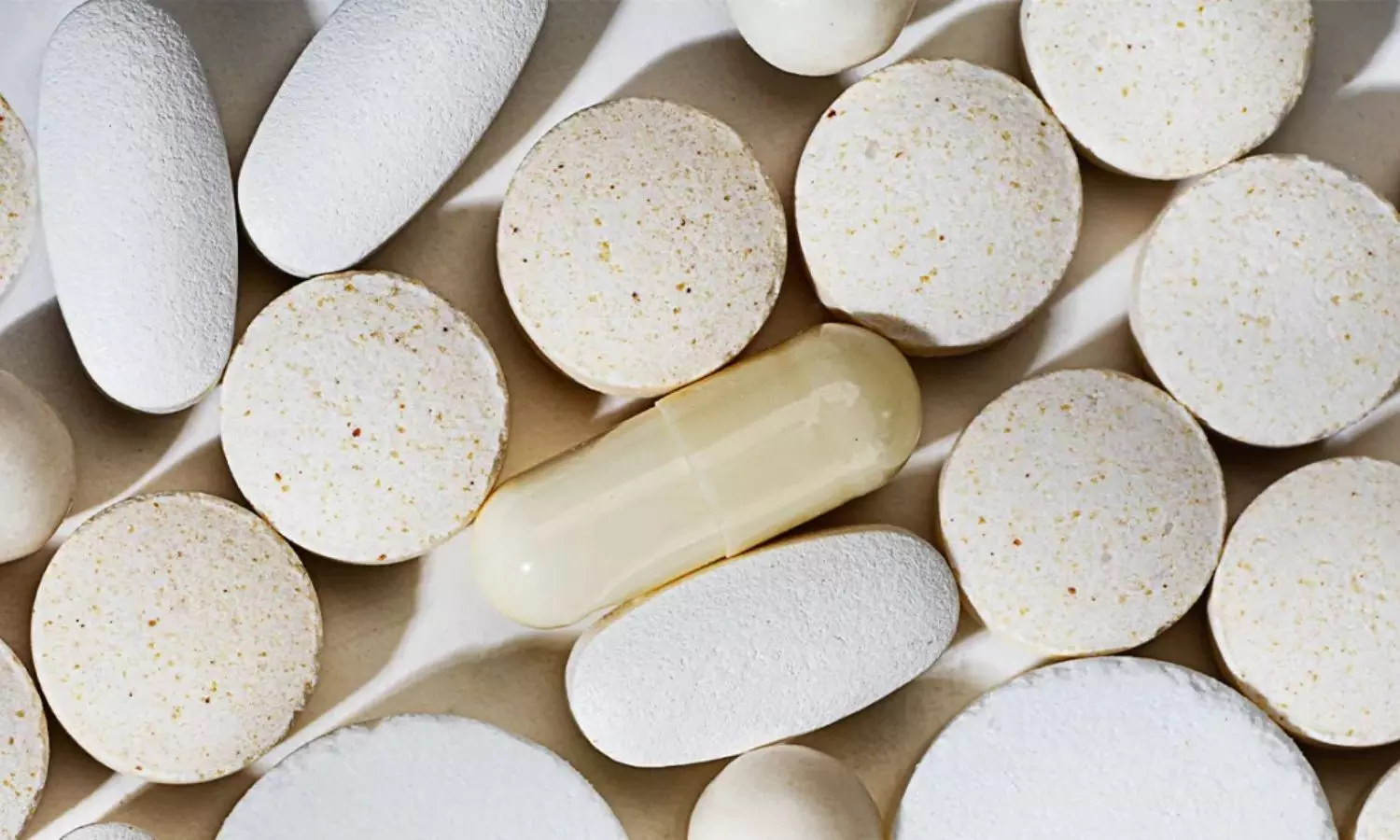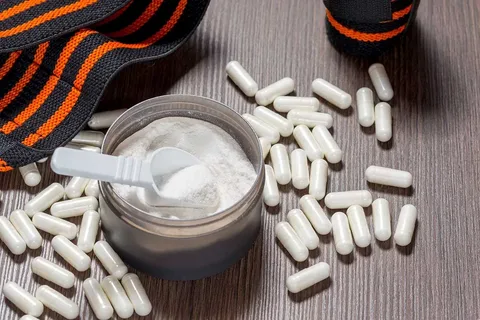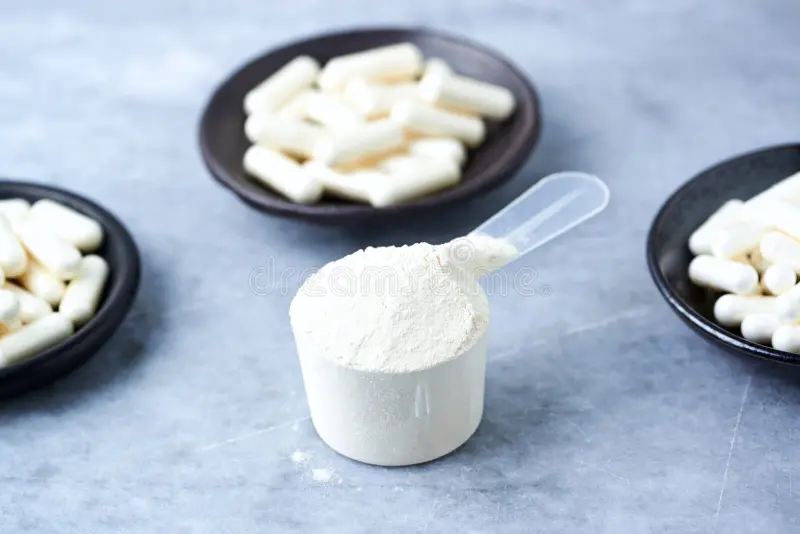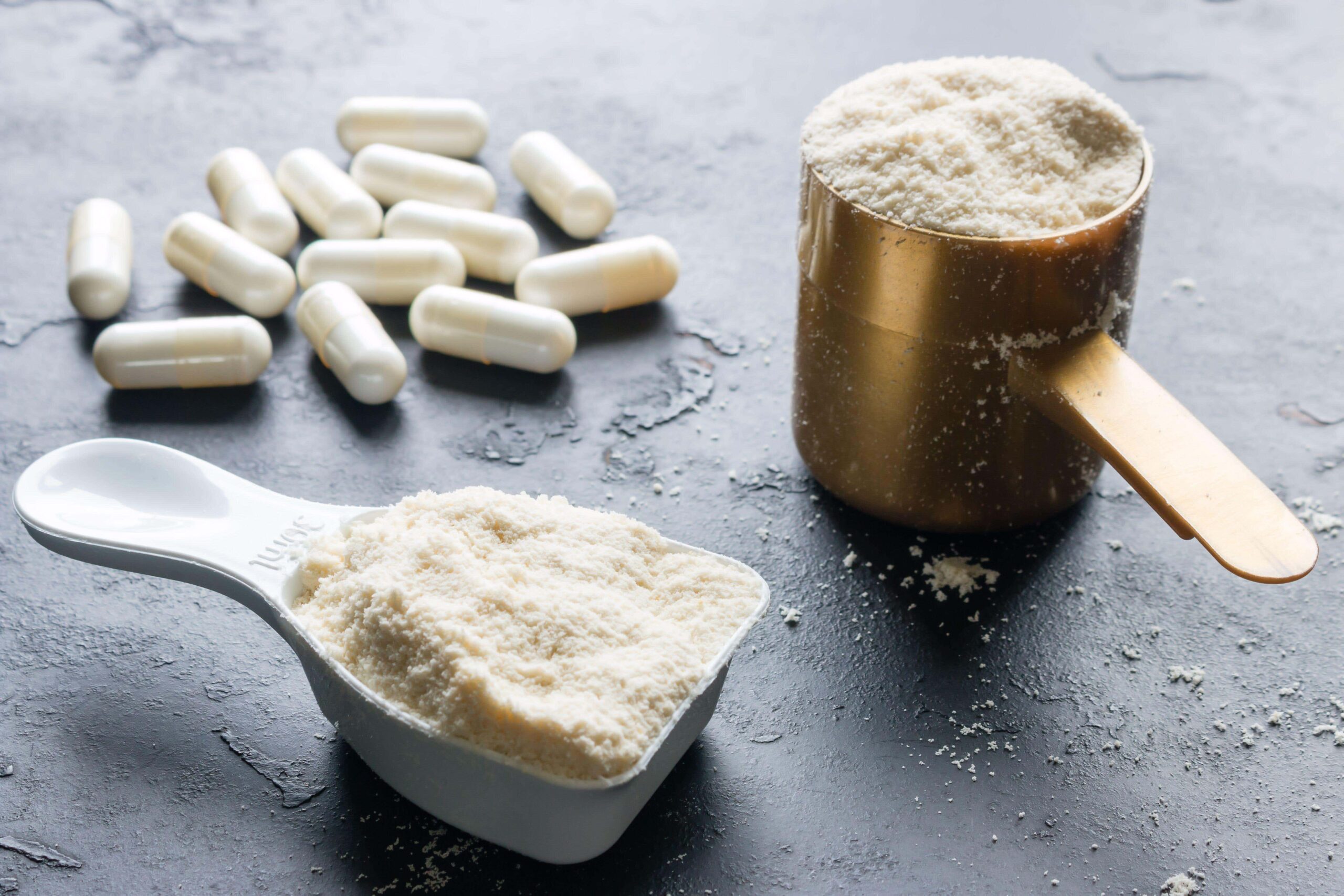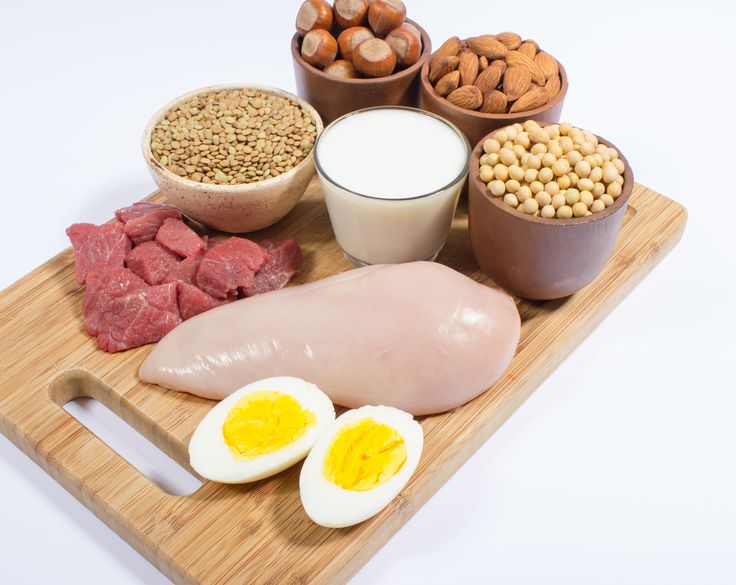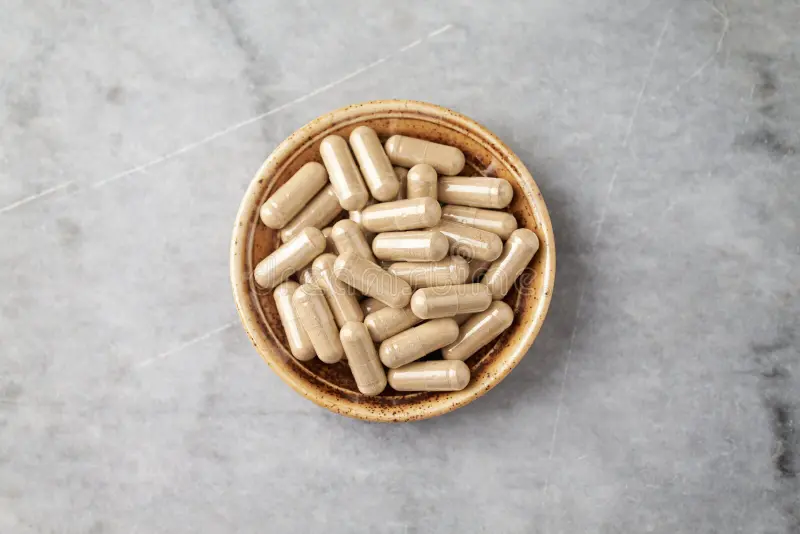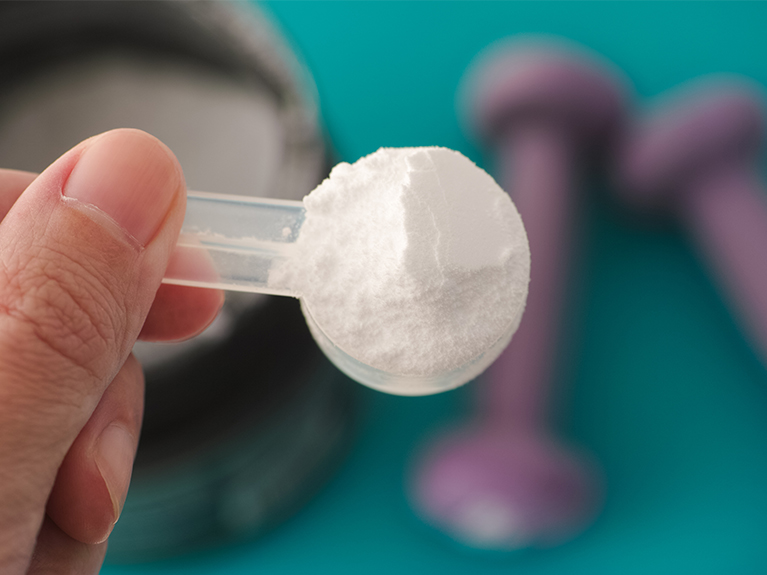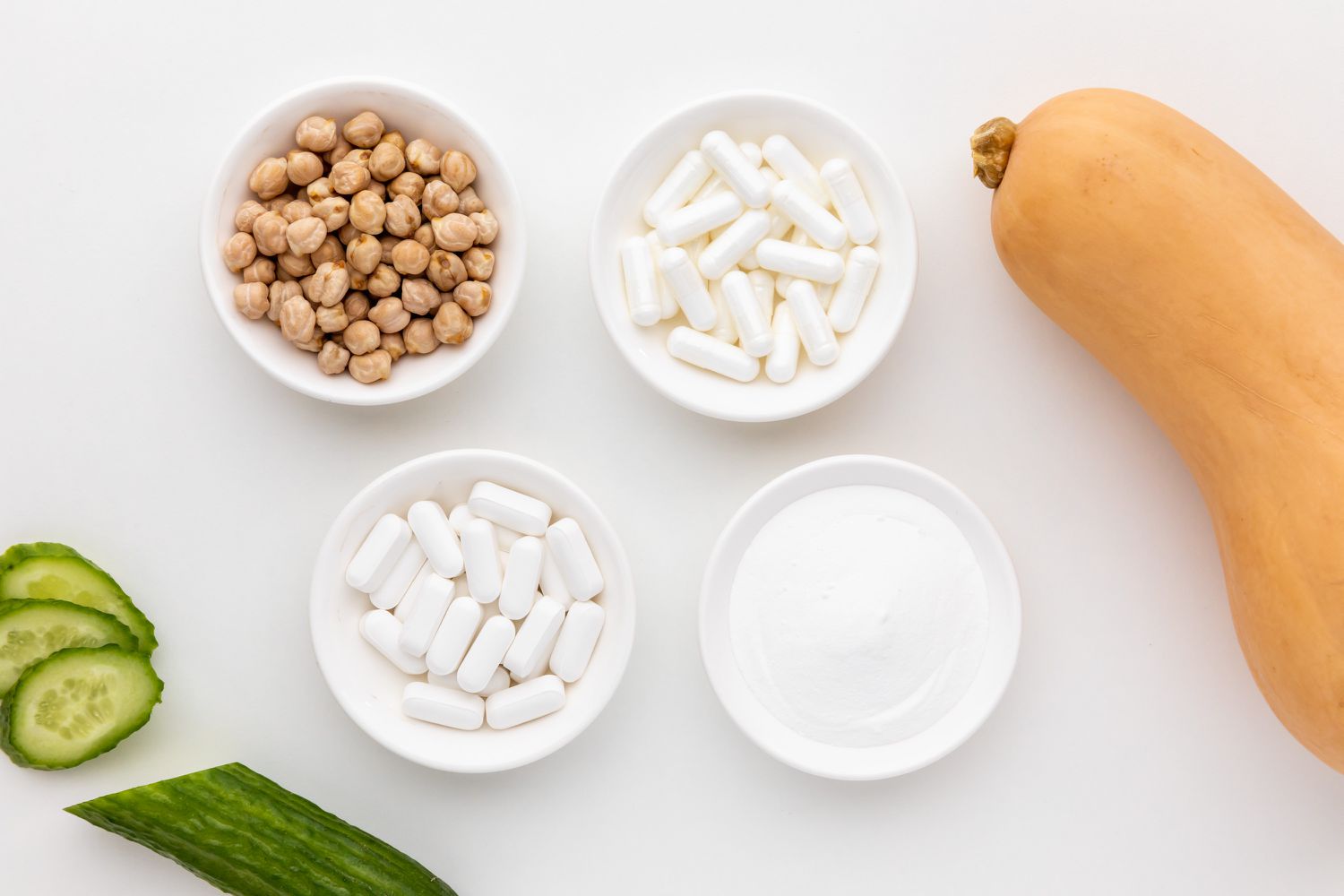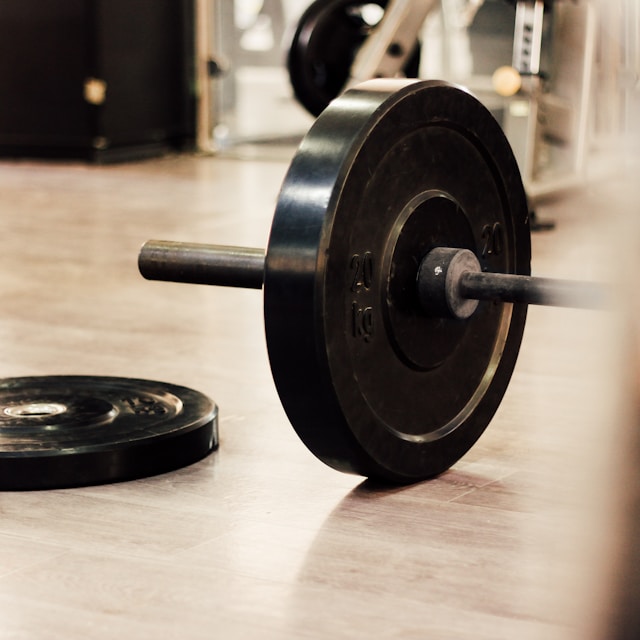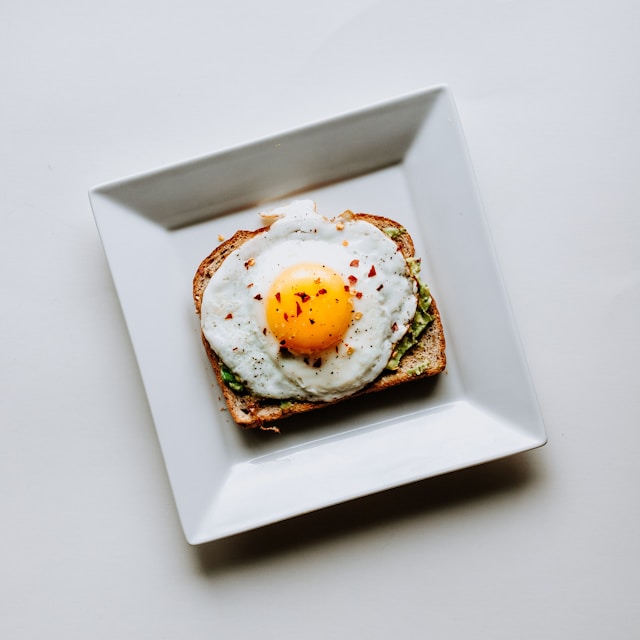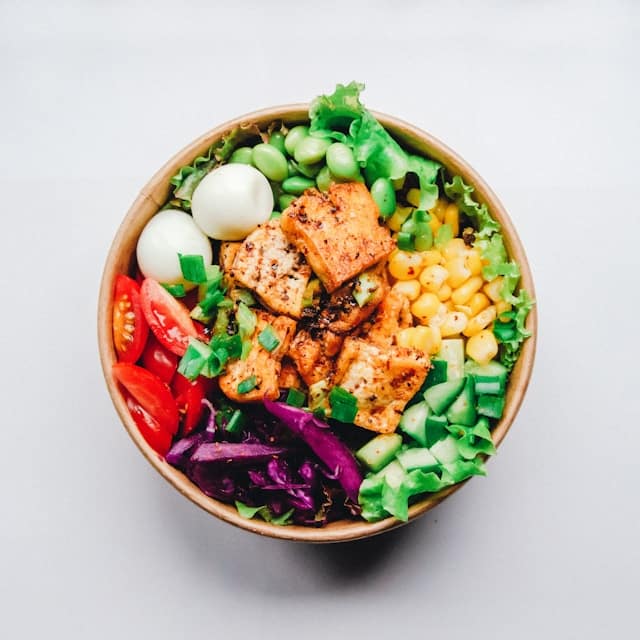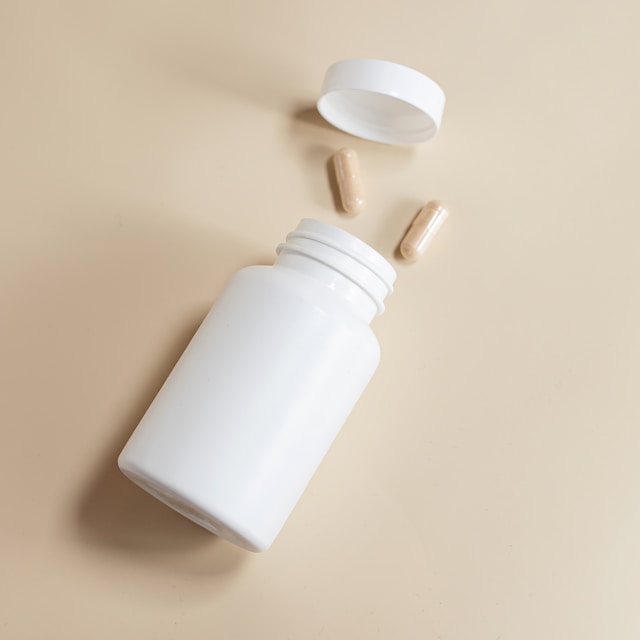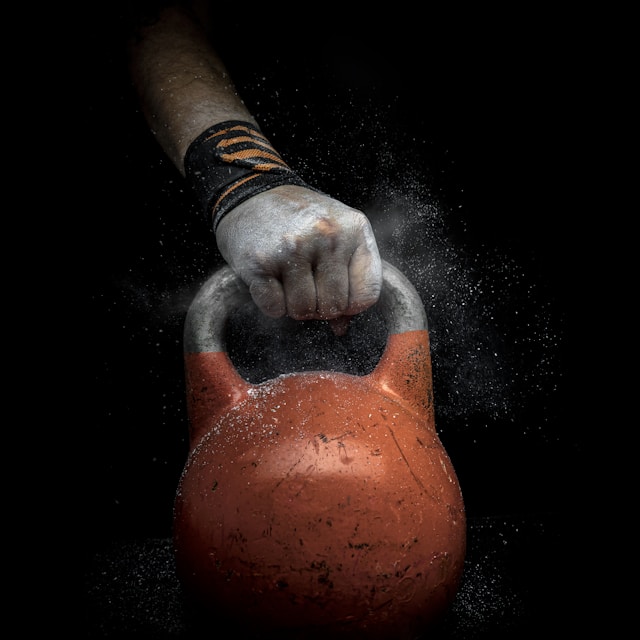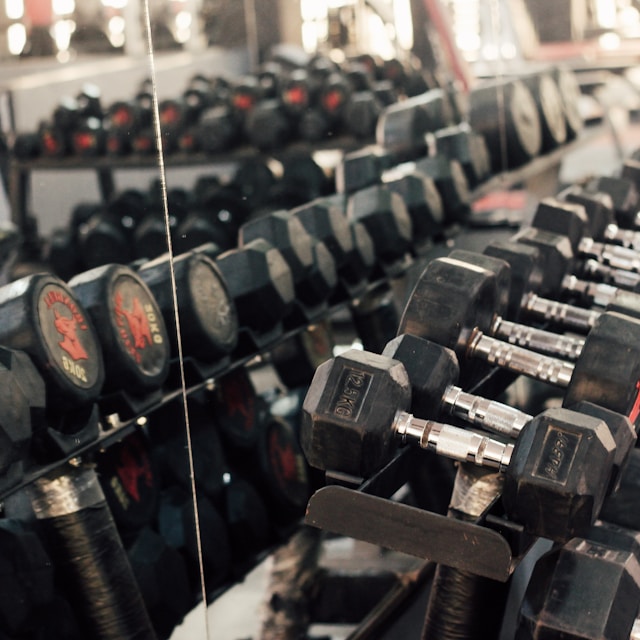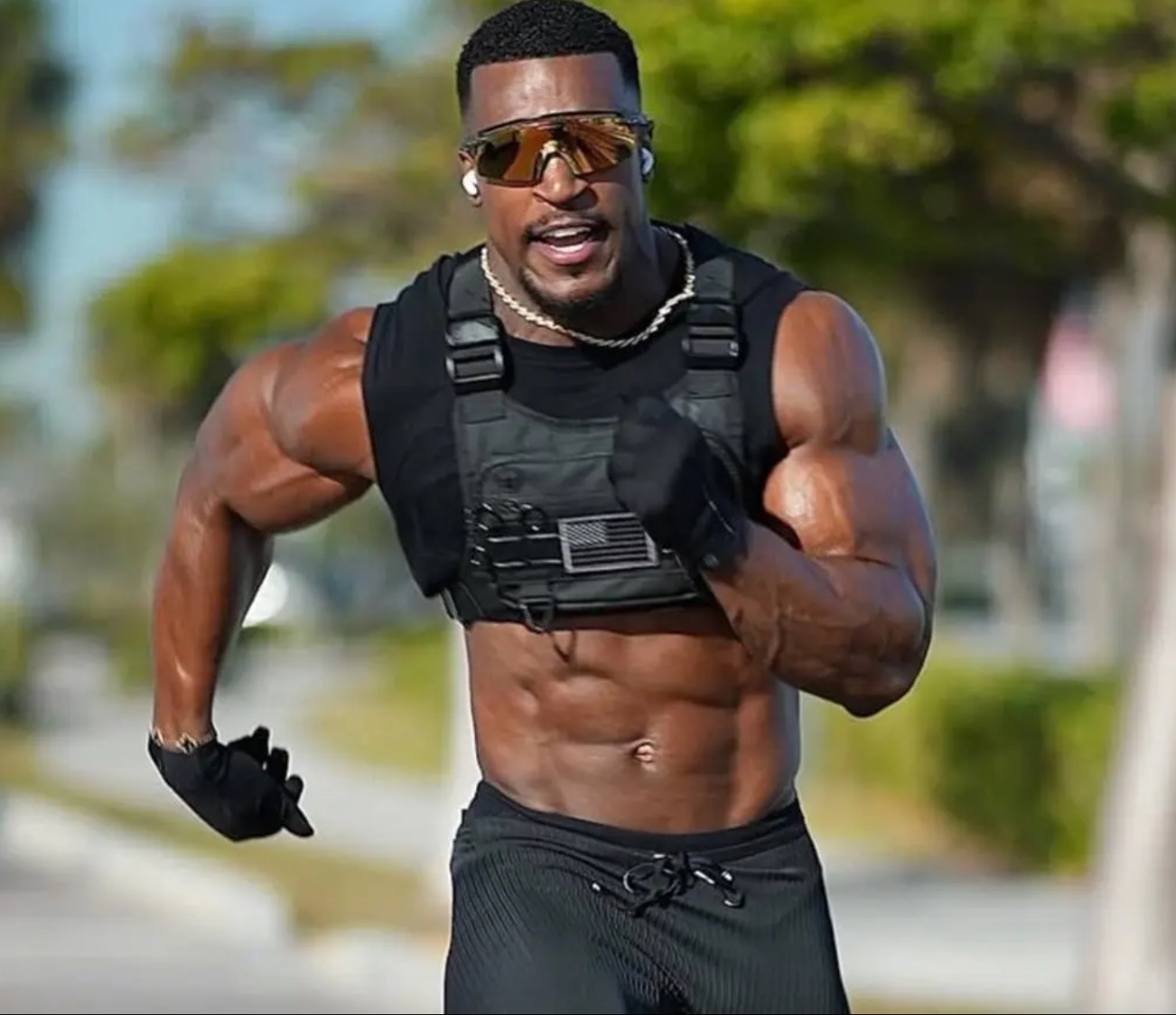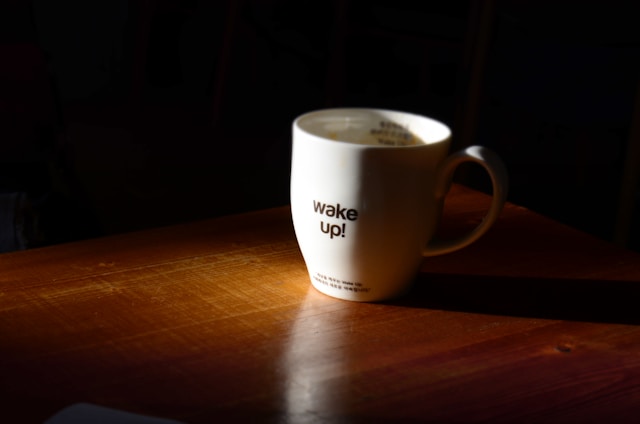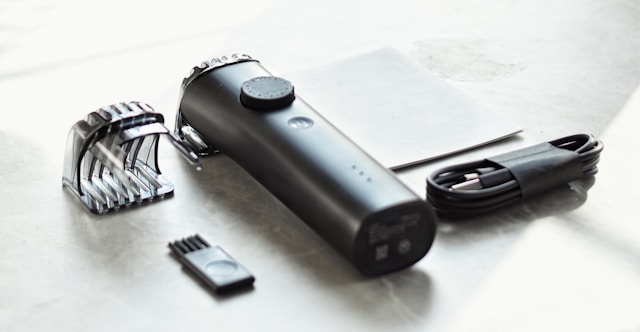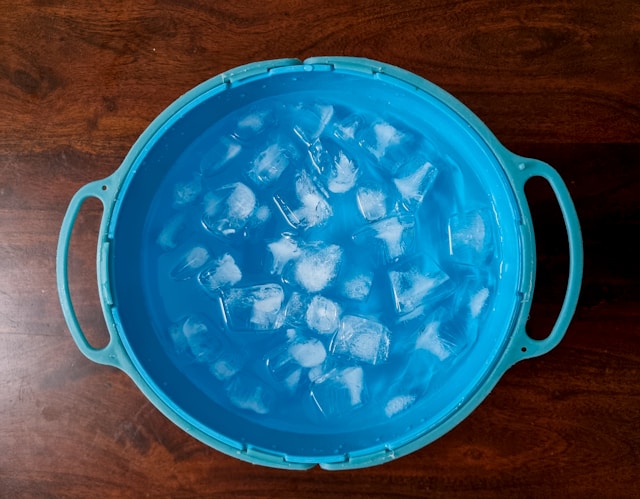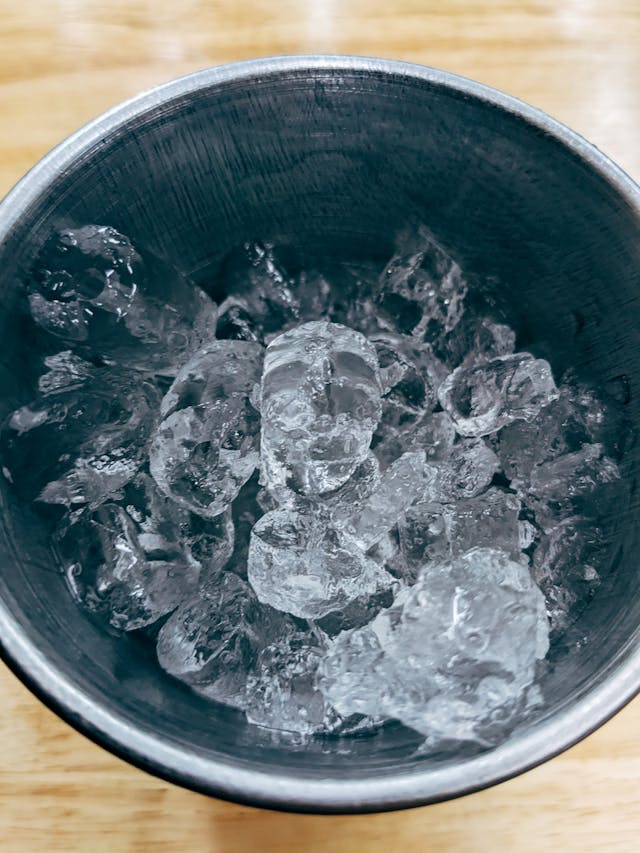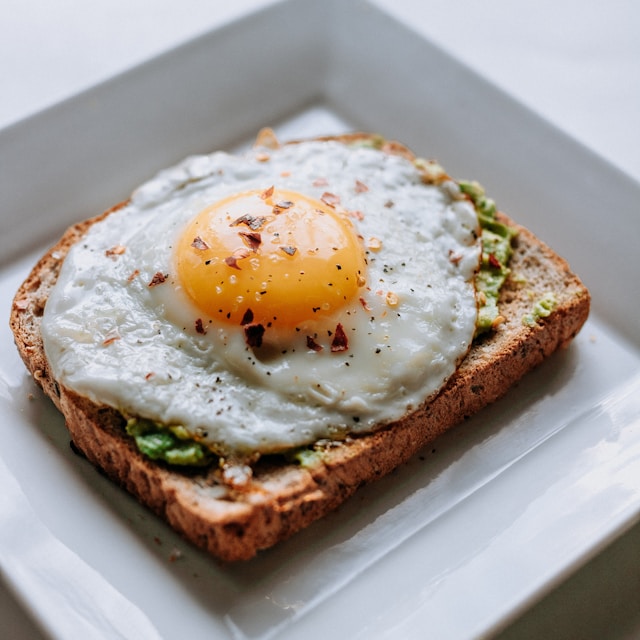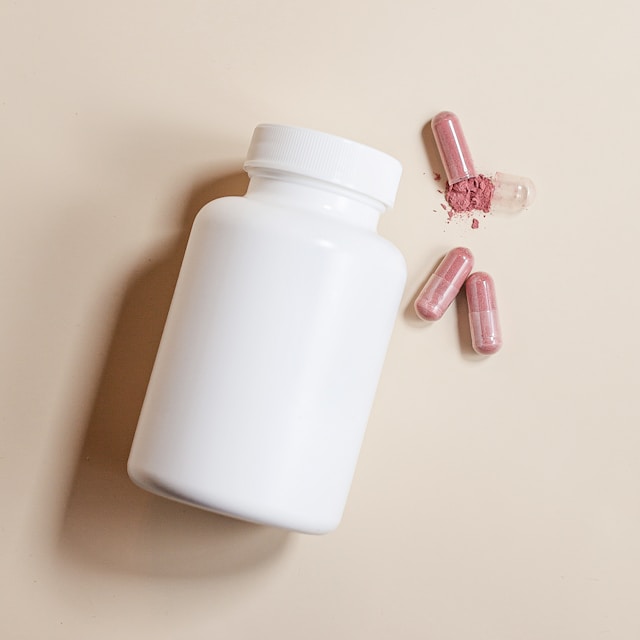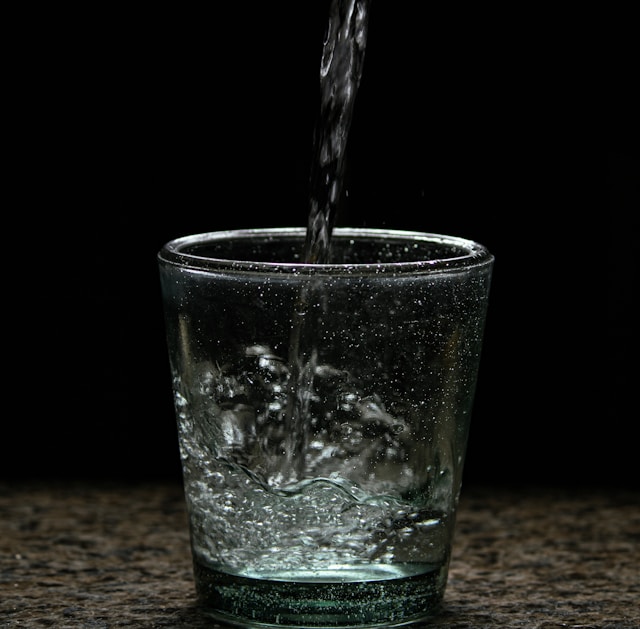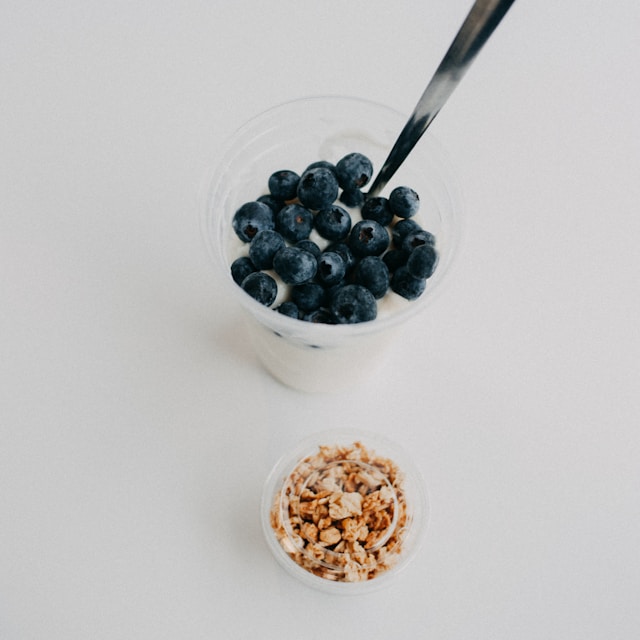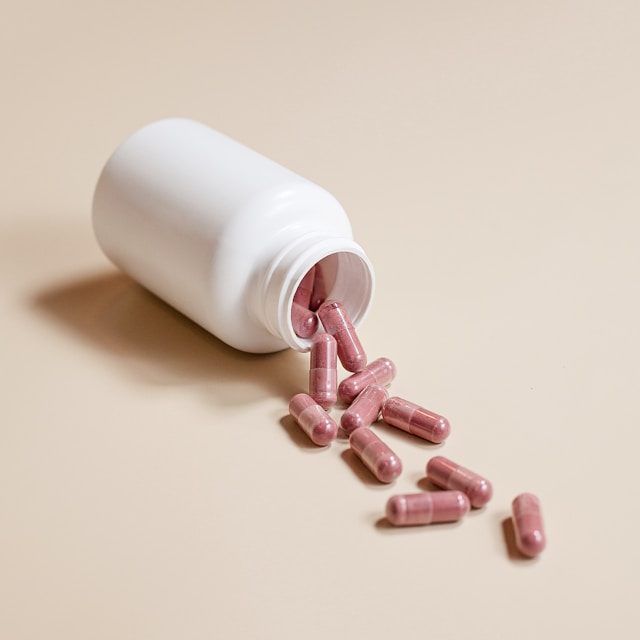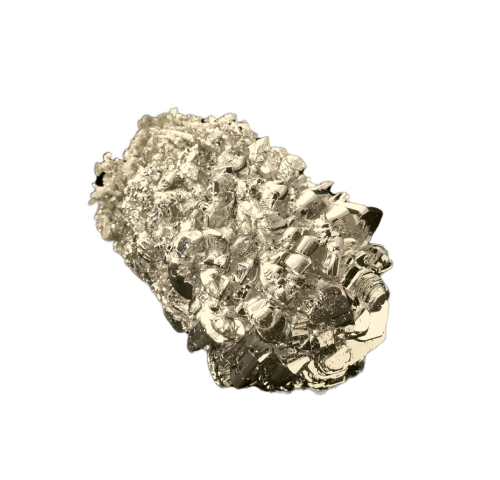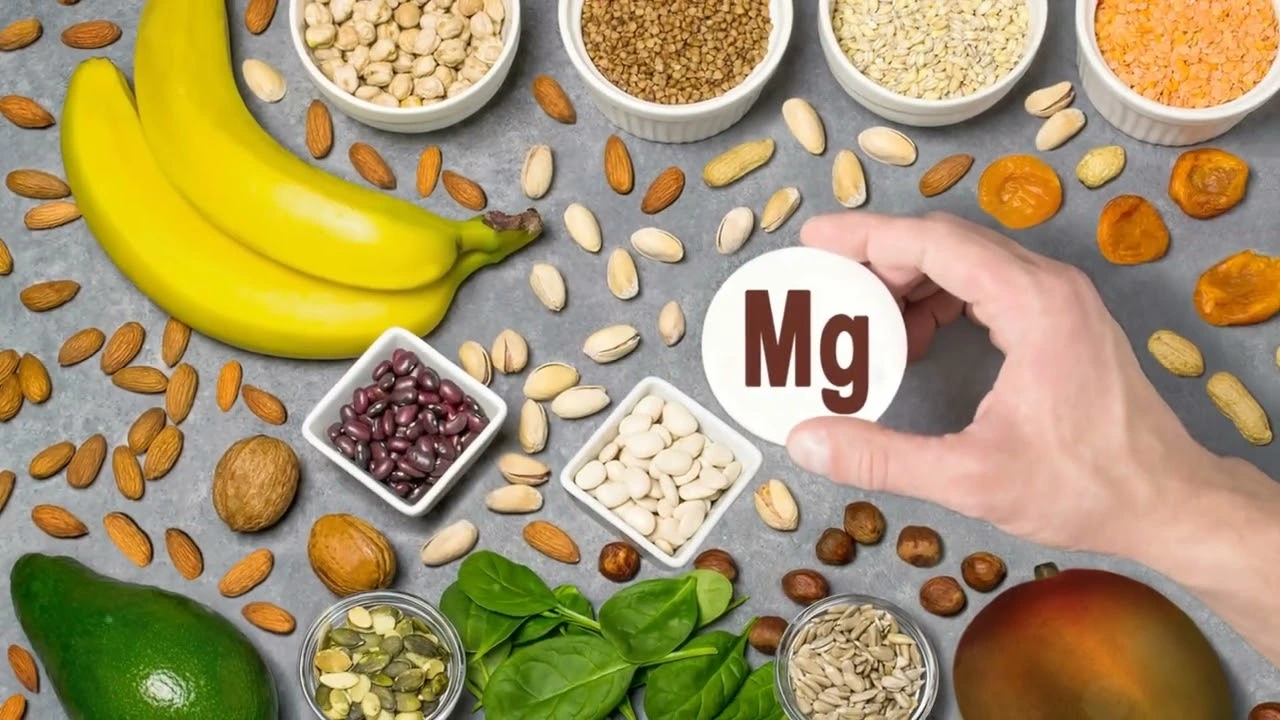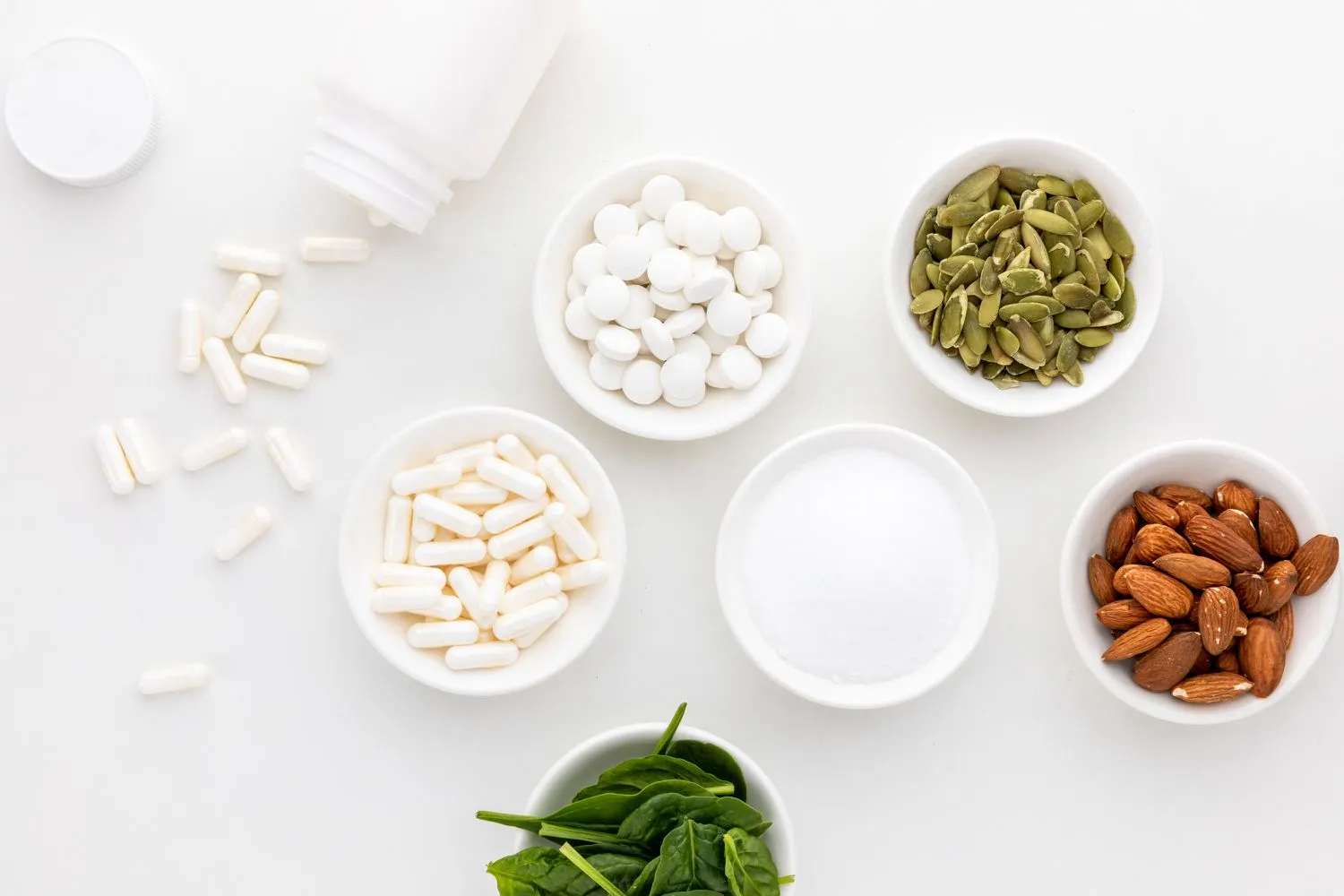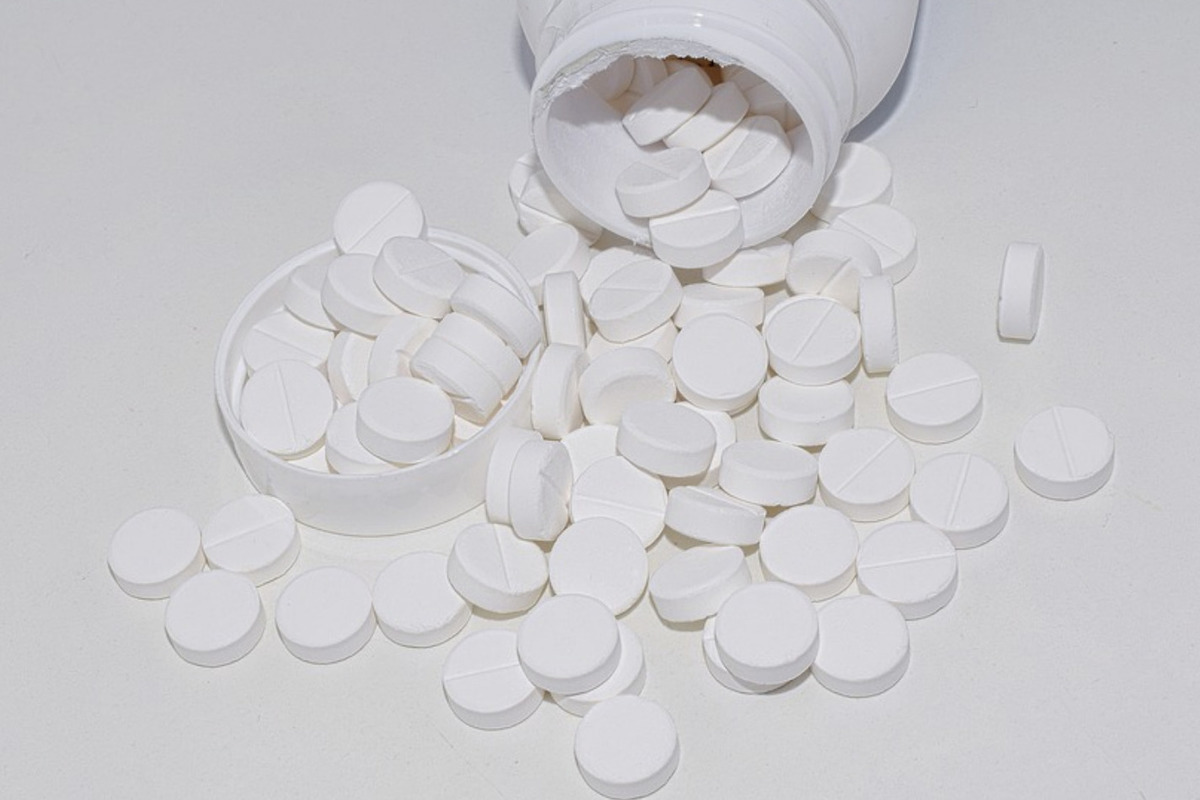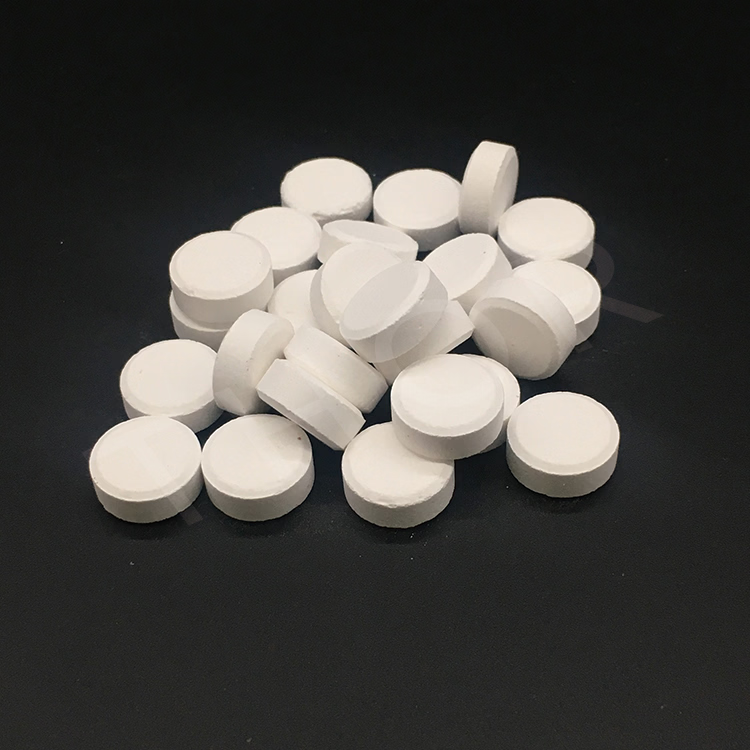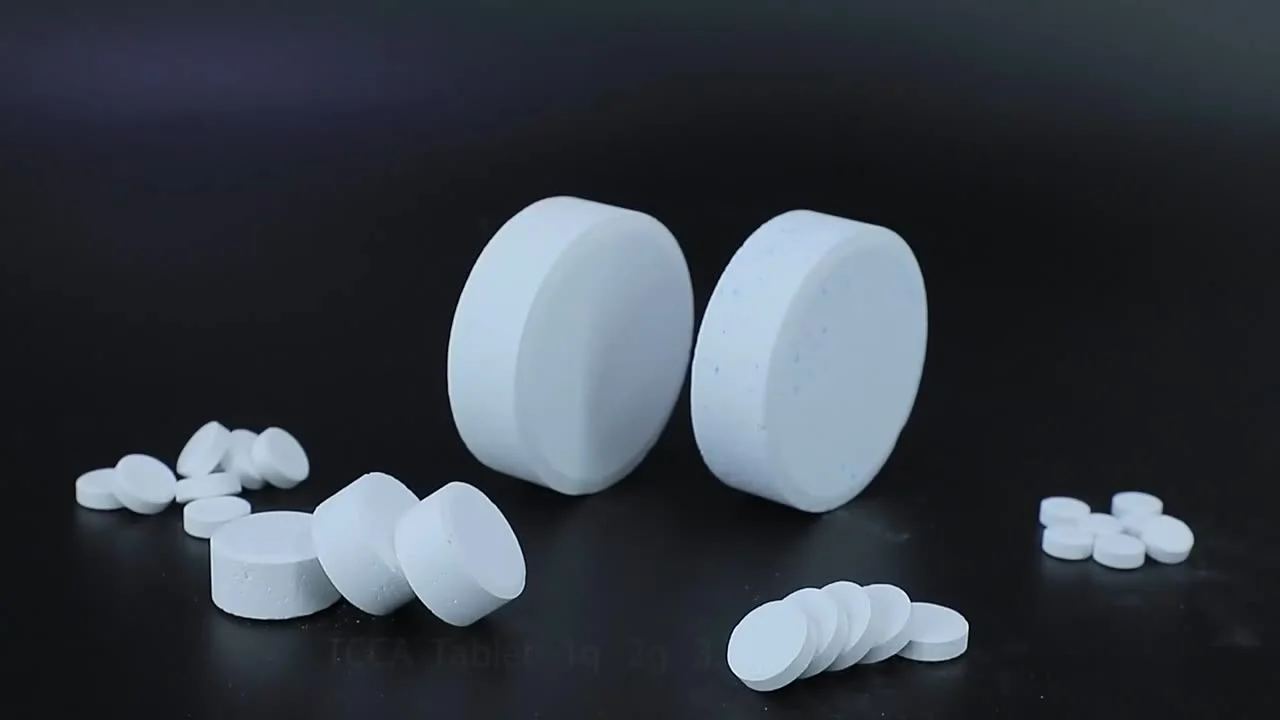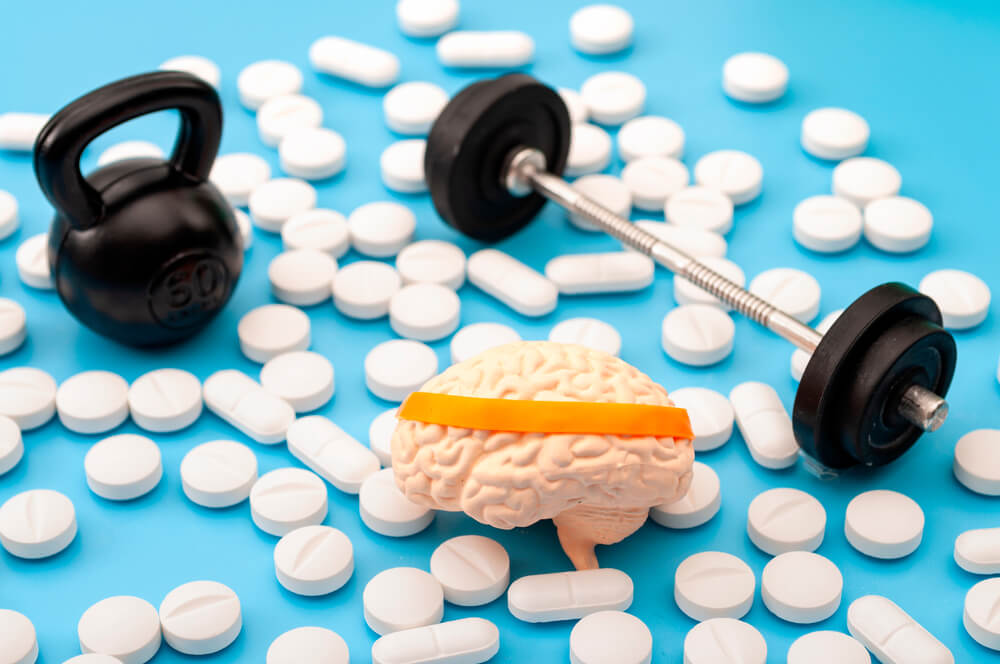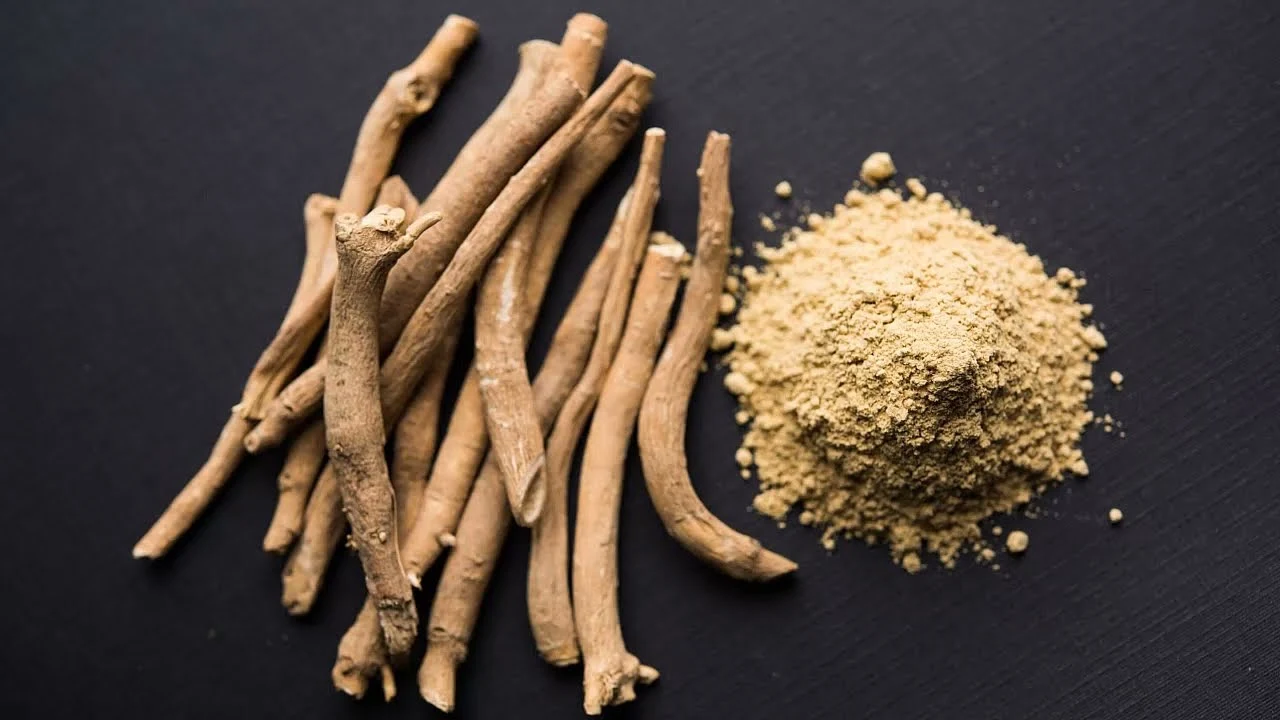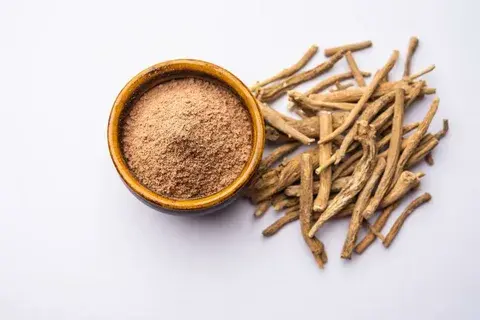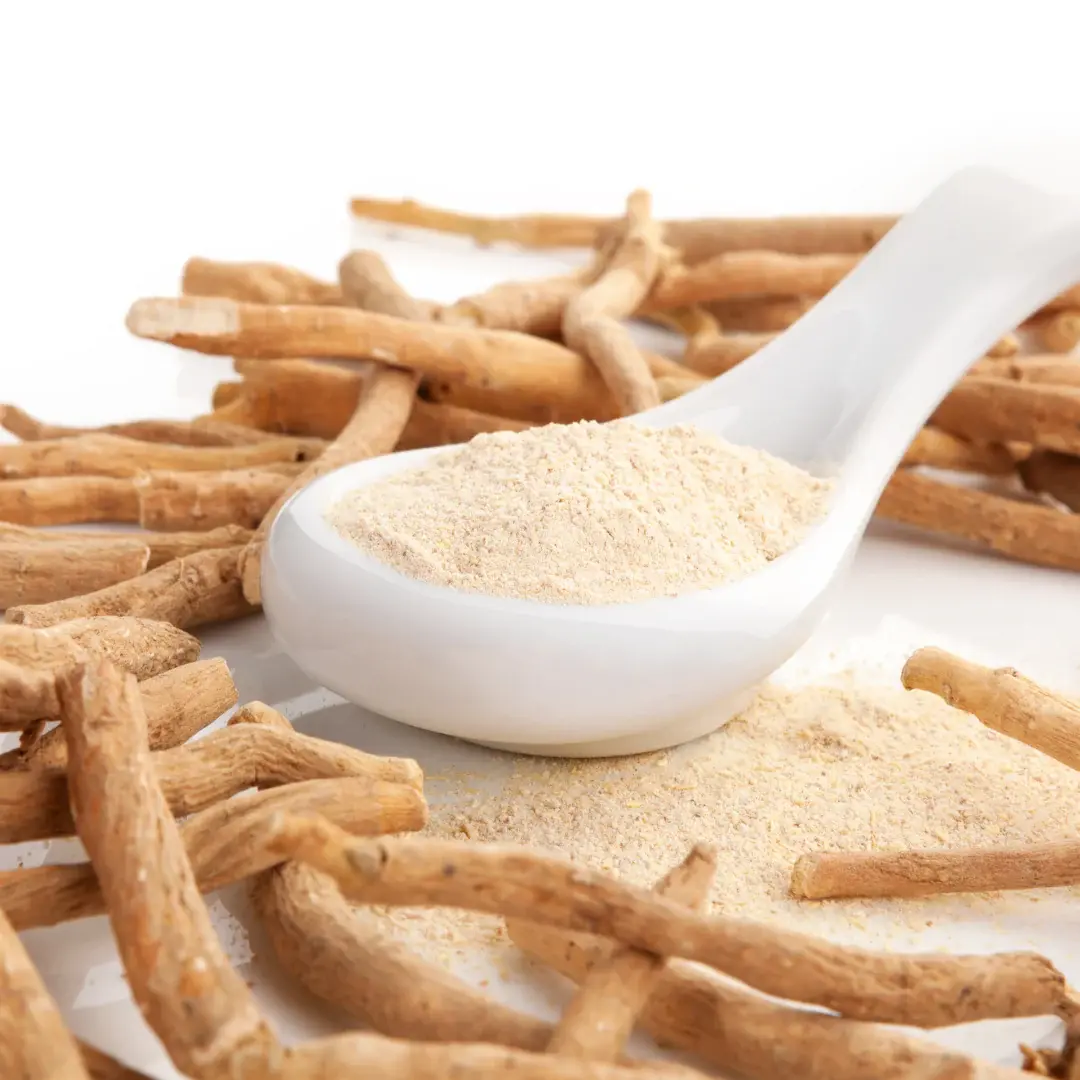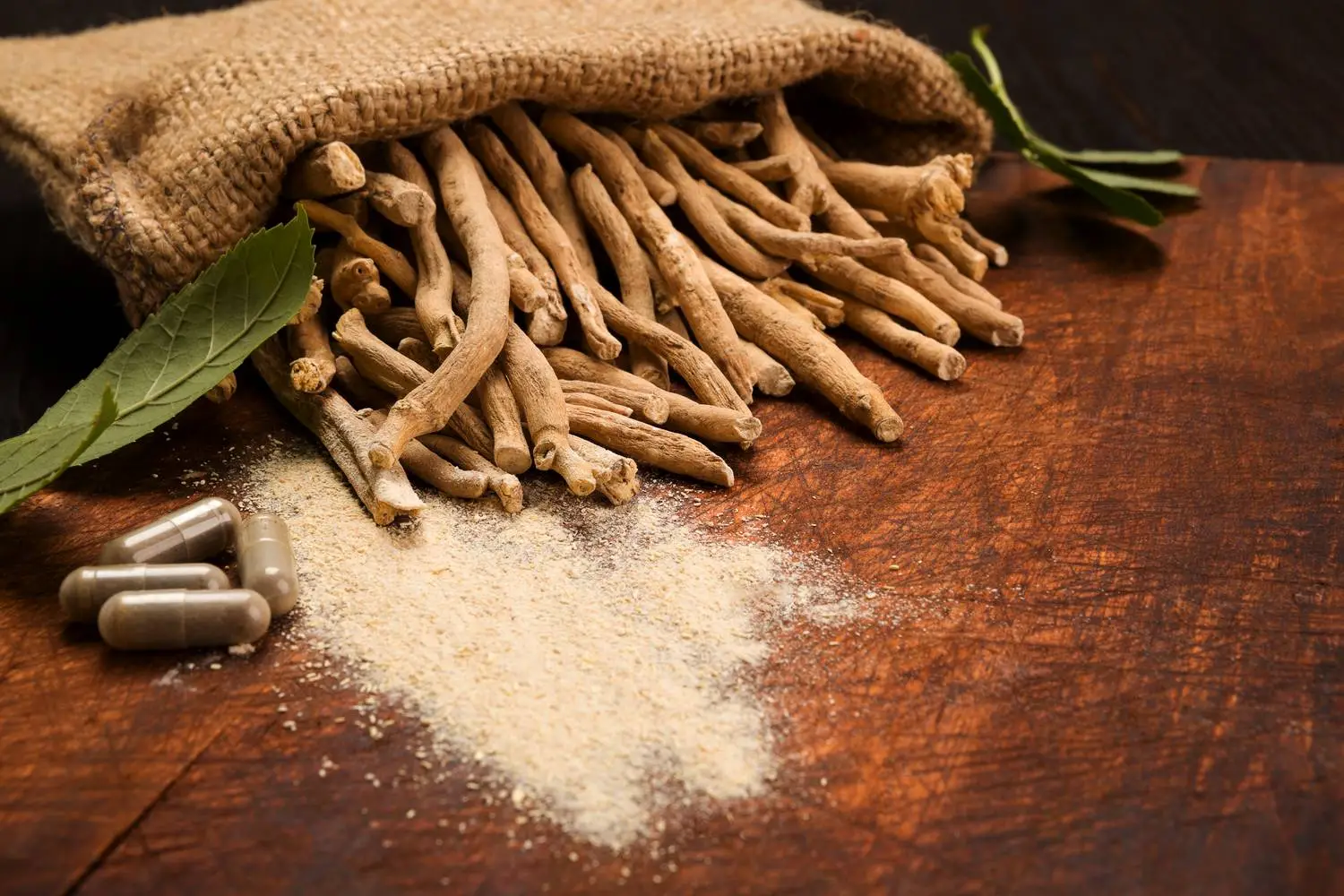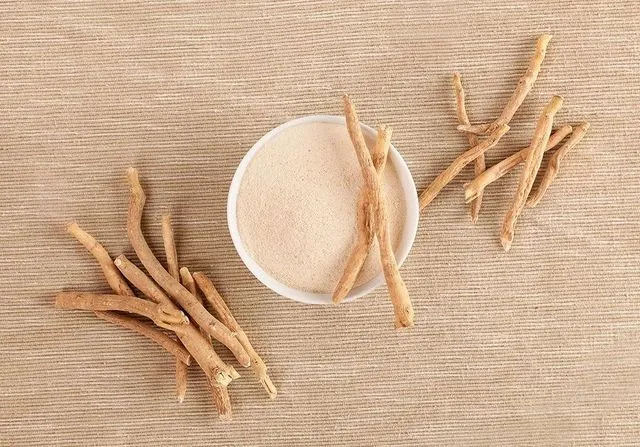Sam Sulek’s Supplement List
A Look at the Stack Behind His Intense Training
Sam Sulek is known for his intense training and strong physique, but many people also want to know what he uses to support his results. Like many fitness enthusiasts, he includes supplements in his daily routine to help with energy, recovery, and muscle growth. This article covers the Sam Sulek supplement list and gives a simple breakdown of what supplements he takes and how they fit into his routine.
- Published: June 18, 2025
- Last Updated: June 18, 2025
-
-

Multivitamin
Sam Sulek doesn’t overcomplicate his approach to health basics. For him, a multivitamin isn’t about chasing perfection—it’s about covering what your diet might miss. He keeps it straightforward and consistent, focusing on practicality over hype.
- Supplement frequency: Taken daily, usually in the morning to avoid sleep disruption from B-vitamins
- Nutrient coverage: Includes essential vitamins and minerals like magnesium, zinc, potassium, calcium, vitamin D3, and B-complex to support energy, recovery, and immune function
- Reason for use: Helps fill gaps in nutrition and supports overall performance, especially when diet isn’t perfectly dialed in every day
- Simple advice: Rather than stressing over specific brands, Sam recommends picking up a basic men’s multivitamin and pairing it with fish oil to cover most foundational needs
- Timing philosophy: After experimenting with different times of day, he now takes his multivitamin in the morning to avoid stimulation in the evening
This multivitamin is a daily staple in the Sam Sulek supplement routine, helping him maintain consistency and cover nutritional gaps without overthinking the details.
You should get the majority of your micronutrients through food but I can almost guarantee you’ve got some deficiencies – be it Vitamin D3, Iron, Magnesium, whatever. I don’t understand why you wouldn’t want to take a multivitamin.
-

Fish Oil
Sam doesn’t overcomplicate things when it comes to essential health supplements. Fish oil is one of his non-negotiables, sitting right beside his multivitamin as a basic daily need. Instead of chasing trendy wellness products, he doubles down on what’s time-tested and actually useful — especially for someone lifting heavy and training hard every day.
- Current use: Yes, Sam takes fish oil capsules on a daily basis to support overall health, especially for joints and inflammation management.
- Preferred timing: He typically takes them at night to avoid interfering with energy levels during the day.
- Main reason for use: Fish oil provides omega-3 fatty acids (EPA and DHA), which are known to help with joint lubrication and recovery after intense weight training.
- Other health benefits: Sam also credits fish oil for supporting brain function and eye health, making it a smart all-around supplement for active lifestyles.
- Dosage: Around two softgels daily (equivalent to about 1–2 grams of total fish oil), often taken before bed.
Fish oil remains a steady part of the supplements Sam Sulek takes, helping him manage the wear and tear from high-volume training while also supporting general health.
-
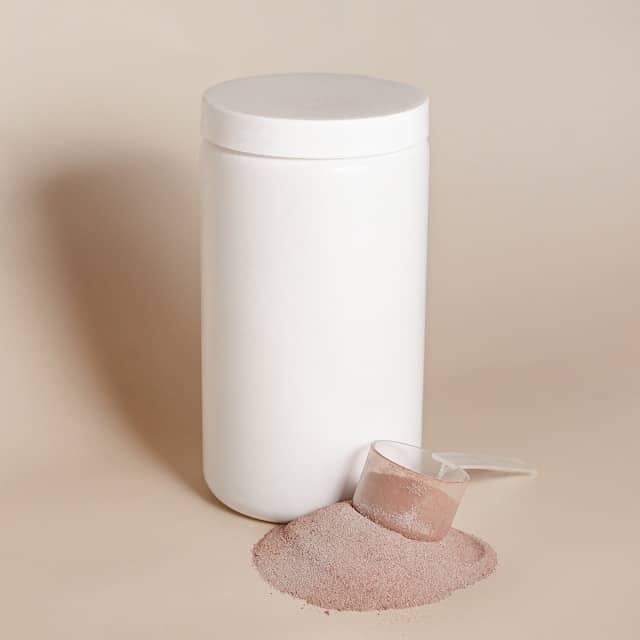
Creatine Monohydrate
For Sam Sulek, creatine isn’t just hype—it’s a daily go-to that helps him chase consistent performance in the gym. He treats it like a basic part of his lifting routine, not something to cycle or overthink.
- Daily habit: Sam takes creatine every day without skipping, often mentioning it as one of the few supplements he considers essential for real progress.
- Strength and muscle focus: He uses it to squeeze out more reps, push heavier weight, and support lean muscle gains over time.
- Better performance through ATP: Creatine helps his body produce more ATP, the primary fuel source for explosive movements and high-intensity lifting.
- Supported by research: Sam has pointed to studies that back its effectiveness—showing improved strength, increased muscle mass, and reduced myostatin.
- Timing made simple: He’s not picky about when to take it; he just emphasizes consistency, whether it’s post-workout or mixed into any part of his day.
Creatine stands out on the Sam Sulek supplement stack as one of the most backed and results-driven choices in his routine.
-
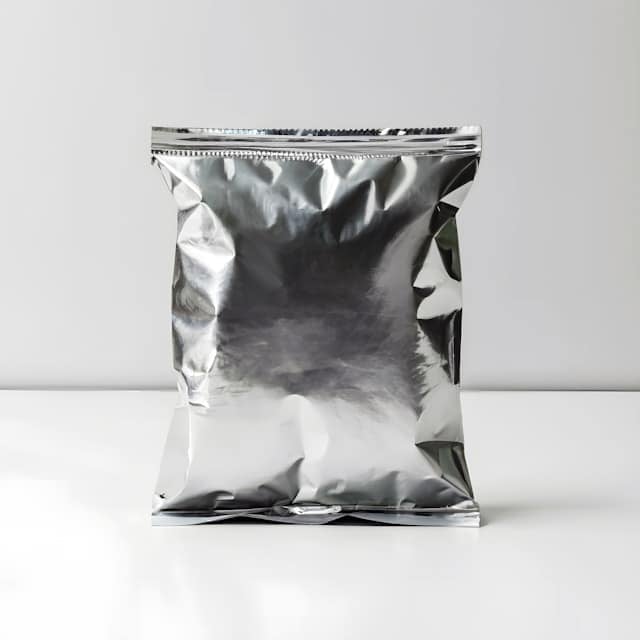
Pre-Workout
Before stepping into the gym, Sam Sulek has a non-negotiable routine—and pre-workout is a major part of it. He didn’t always rely on it, but over time, he’s become one of its biggest fans, especially for pushing through intense training sessions.
- Type used: Sam chooses a stimulant-based pre-workout loaded with caffeine and performance-boosting ingredients, which helps fire up his energy levels and improve his training quality from the very first set.
- Purpose and benefits: He believes it enhances focus, endurance, pain tolerance, and intensity during his lifts—especially when fatigue hits late into the workout.
- Timing and dosage: He takes a full scoop of his pre-workout around 20–30 minutes before training to give the ingredients time to kick in. Each serving delivers roughly 300 mg of caffeine.
- Stacking approach: Sam often pairs this with a separate pump-focused pre-workout, combining both for maximum output in the gym.
- Caffeine caution: While Sam responds well to stimulants, he notes it may not be ideal for late-night workouts due to the long-lasting effects of caffeine.
For Sam, this pre-workout supplement is more than just a caffeine boost—it’s part of a consistent strategy to train harder and stay focused. It plays a key role in the Sam Sulek supplement routine, helping him show up with intensity every time he hits the gym.
Caffeine will increase your pain tolerance. So you’re going to be able to force out a couple more reps which otherwise you would maybe call it quits on.
-

Pump Supplement
Sam Sulek doesn’t just rely on stimulants to fire up his workouts—he also focuses on maximizing muscle pump. By pairing his regular pre-workout with a caffeine-free formula, he builds a combination that fuels both performance and endurance.
- Caffeine-free stack support: He regularly uses a stimulant-free pre-workout designed to boost blood flow and muscular endurance without relying on caffeine or other stimulants.
- Pump ingredients: These formulas are typically rich in compounds like citrulline, arginine, and electrolytes—ingredients known to improve vascularity, delay fatigue, and increase hydration during workouts.
- Training synergy: When combined with a stim-based pre-workout, this second product gives him a more balanced energy profile—focus and alertness from the stim, with muscle-engorging effects from the pump formula.
- Nutrient delivery: He believes better blood flow leads to better workouts. More blood in the muscle means better nutrient delivery, increased endurance, and enhanced recovery.
- Routine application: He typically takes the pump powder alongside his stim pre-workout right before training, ensuring his muscles are primed for a high-intensity session.
This formula is an important piece of the Sam Sulek supplement stack, especially when it comes to pushing blood into the muscle and optimizing performance during hard lifts.
-
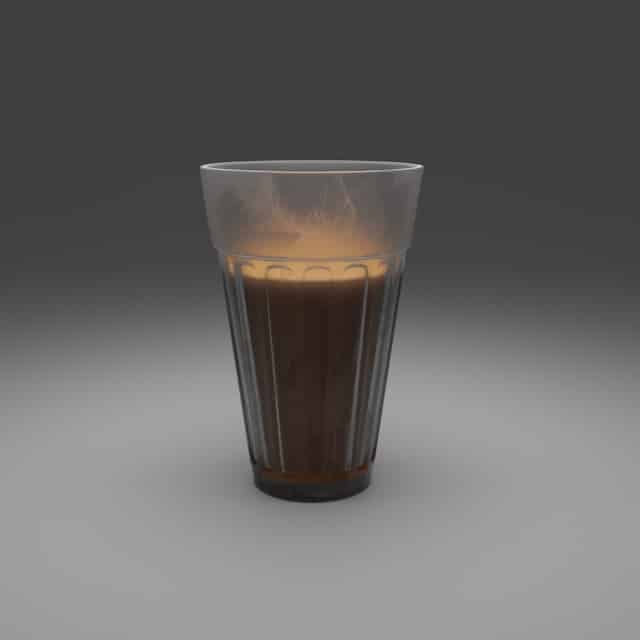
Whey Protein Protein Powder
Sam Sulek doesn’t rely solely on shakes for his nutrition, but he still treats whey protein as a valuable part of his daily routine. For him, it’s more about filling gaps than replacing real food—and when training hard, those gaps can be tough to avoid.
- Protein shake purpose: He uses whey protein to help meet his daily intake goals, not as a meal replacement. It’s a backup when whole food isn’t practical or convenient.
- Timing flexibility: Sam typically drinks a shake post-workout or between meals, depending on what his day looks like. The goal is to hit a consistent protein target, often over 200 grams a day.
- Whey preference: While he hasn’t officially stated a favorite, he likely uses a whey isolate or blend, especially after lifting, to support muscle recovery and lean mass retention.
- Food-first mindset: Even though he keeps protein powder nearby, Sam tends to prioritize whole meals. Shakes simply help him stay on track when eating enough gets hard.
- Shaker cabinet essential: He’s mentioned having a “dedicated cabinet” for essentials like protein powder, vitamins, and creatine—indicating it’s part of his core supplement setup.
Whey protein continues to be one of the most consistent choices in the Sam Sulek supplement routine, giving him the flexibility to recover better and grow stronger without adding too much meal prep stress.
-
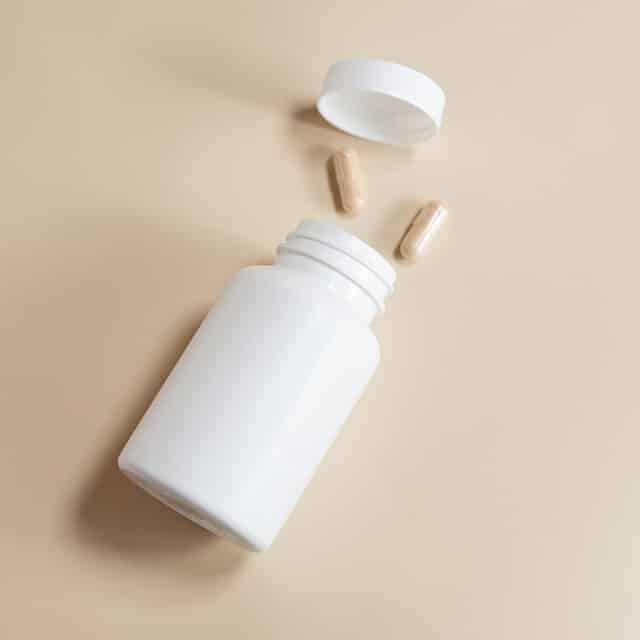
Beta-Alanine
This supplement doesn’t get as much spotlight as creatine or protein, but Sam Sulek still makes space for it in his pre-workout stack. He lists beta-alanine among the basics for anyone serious about pushing their workouts harder—especially during high-rep or high-intensity training sessions.
- Muscle buffering support: Beta-alanine helps reduce the buildup of lactic acid in muscles, which can delay fatigue during intense sets. This means Sam can power through longer sessions without feeling burnt out as quickly.
- Daily dosing strategy: Although he doesn’t always talk about it directly, Sam consistently takes beta-alanine as part of his pre-workout. The amount (~3.2 grams) aligns with what research recommends for performance benefits.
- Part of his performance stack: Beta-alanine sits alongside creatine, aminos, and other staples in his routine. Even if it’s not as flashy, it contributes to his goal of training harder and squeezing out more from every lift.
- Classic “tingles” effect: The tingling sensation that comes with beta-alanine is something most lifters know well. For Sam, it’s just another sign the supplement is kicking in—and a cue to get focused for the session.
- Supports long-term adaptation: The real benefit of beta-alanine builds up over time. Sam’s consistent use shows he’s in it for the bigger picture—greater muscle endurance and sustained intensity during workouts.
Beta-alanine might not be the first thing people think of in the Sam Sulek supplement list, but it’s quietly one of the tools he uses to maintain high performance across heavy training weeks.
-

Electrolytes
Sam Sulek doesn’t rely on plain water to stay hydrated—he makes it clear that hydration needs to include electrolytes, especially when he’s training hard or dieting. It’s a simple part of his daily stack that supports energy, endurance, and muscle performance.
- Morning hydration habit: Sam starts every day with a full packet of electrolytes mixed into at least a liter of water. He believes starting with a strong hydration base helps him feel more alert and ready to lift.
- Key minerals included: His drinks typically contain sodium, potassium, and magnesium. These minerals help replenish what’s lost during intense workouts or hot days, and they’re especially important for muscle function and fluid balance.
- Important during cutting: When dieting, Sam places even more focus on hydration. He’s mentioned that being slightly dehydrated during a cut can noticeably affect his performance in the gym.
- Pre-workout salt and hydration combo: Even his pre-workout stack includes added electrolytes like Pink Himalayan salt. This supports blood flow and pump quality, making it easier to train at high intensity.
- Flexible dosing throughout the day: While the first packet is taken in the morning, Sam also uses electrolyte mixes during workouts or whenever he’s sweating more than usual. It’s part of how he avoids fatigue or cramping during training.
Sam treats electrolytes as a regular part of his daily supplement routine, especially when training volume is high or meals are lower in carbs. It’s one of the smaller pieces of his stack—but one he uses consistently for better performance.
-

